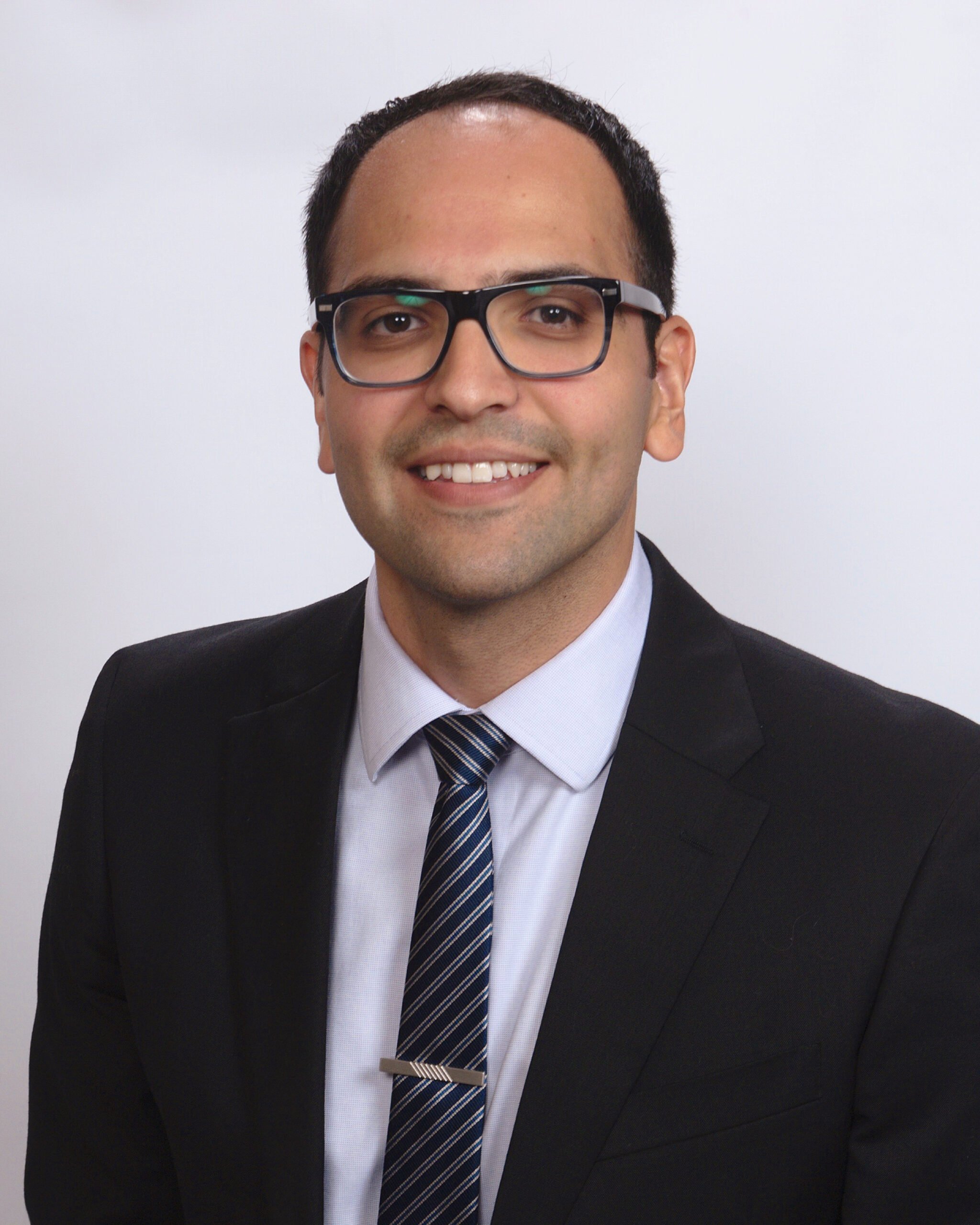
Building on already increasing interest in telehealth, the COVID-19 pandemic accelerated the development and implementation of telemedicine services in a variety of clinical settings. In 2018, Dr. Jason Woods hosted an episode of the ACEP E-QUAL Network podcast highlighting the creation of an electronic intensive care unit (eICU) through Emory Healthcare. In this episode, Dr. Tim Buchman and Critical Care Nurse Cheryl Hiddelson share their innovative approach to delivering critical care services via telehealth. We present highlights from this discussion below.
What is an eICU?
The eICU allows for critical care oversight, without having to be on site. It provides comprehensive monitoring and data analysis and online audio or video support for patients and families. Utilizing advanced information technology (IT) platforms and approaching with a business strategy, telehealth allows for innovative ways to provide critical care services remotely.
Why is there a need for an eICU?
The US population is aging, with the number of Americans age 65 or older increasing steadily. Demand for critical care services increases with age. The availability of critical care physicians is limited in large areas of the US. Similarly, as more nurses are reaching retirement than those entering the workforce, critical care providers are becoming hard to come by. Recruiting and maintaining critical care providers is only one part of the issue, with staffing on nights, weekends, and holidays creating a constant challenge. Telehealth poses a contemporary solution to the scarcity of healthcare providers.
What does the eICU setup look like?
The eICU is akin to airline control towers. There is 24/7 coverage by nursing and physician staff, overseeing more than a hundred beds. Various screens facilitate a “sentry” role in which surveillance monitoring algorithms allow staff to detect problems possibly even before the bedside staff. The eICU integrates bedside monitor data with additional system-wide data to create different views of what is occurring in the unit being monitored. Staff can track discharge readiness and filter lists by system or condition.
Camera sessions allow for bi-directional communication with patients and families, but also for just-in-time-training with staff as well as consultation with specialists.
What unique challenges has the eICU been able to address?
- On-site advanced practice providers (APPs) such as physician assistants, nurse-practitioners, can be supervised by critical care nurses and physicians to provide in-person care.
- Alternative staffing from geographic areas that are in a different time zone can help fill night shifts. The Emory group used travel nurses and physicians who were stationed in Australia.
- Distance and delay to care become irrelevant when an intensivist can be available 24/7.
What benefits have been observed with the eICU?
The Emory eICU was able to realize decreased mortality, decreased transfer rates, decreased length of stay, and an increase in patient experience metrics for the hospitals it covered compared to other local facilities. Analysis of costs suggested savings of thousands of dollars per patient and increased revenue for small community hospitals that could retain and increase their daily census of critical care patients.
Can this concept be applied to Emergency Medicine?
There may be a role in applying telehealth data monitoring to emergency department waiting rooms in an attempt to identify patients at high risk for sudden deterioration or decompensation.
Interested in more ACEP-EQUAL podcasts?
Listen to the other ACEP E-QUAL podcasts on our Soundcloud account.
Author information
The post ACEP E-QUAL: The Electronic ICU appeared first on ALiEM.

